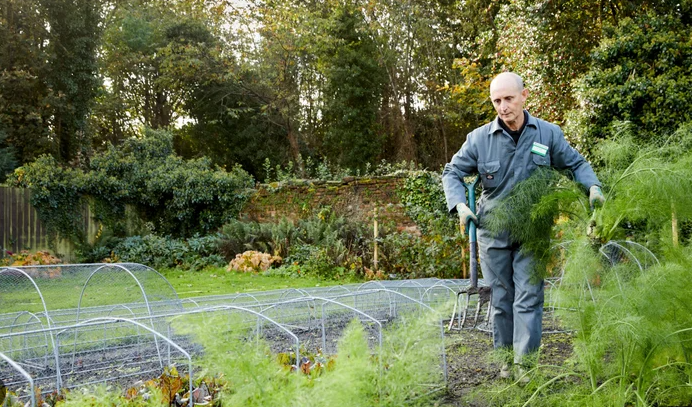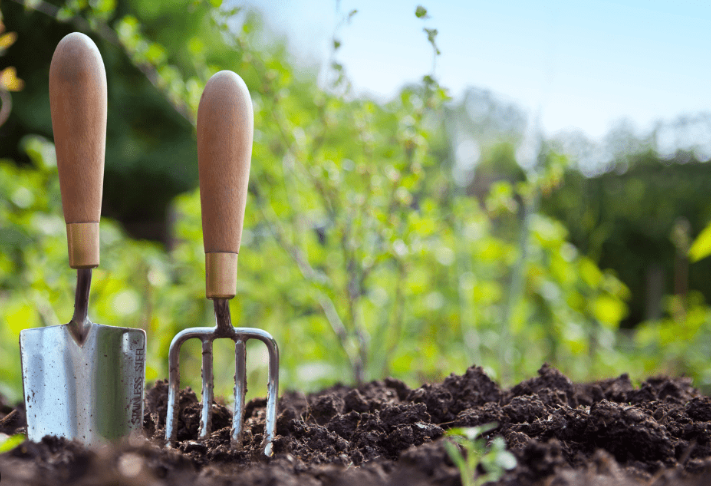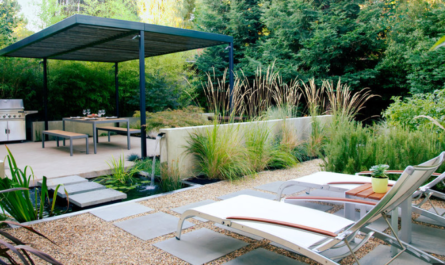Maintaining a beautiful and healthy garden involves more than just planting and watering. It requires seasonal adjustments to ensure that your garden thrives throughout the year. Each season brings its own set of challenges and opportunities, and by tailoring your gardening practices to the changing conditions, you can keep your landscape vibrant and productive. Here are some essential landscaping tips to help you maintain your garden all year round.
Spring: Rejuvenation and Preparation best Landscaping Tips

Spring is the season of renewal, making it the perfect time to rejuvenate your garden after the winter dormancy.
1. Clean Up and Prune Landscaping Tips
Start by removing any dead leaves, branches, and debris that have accumulated over the winter. This cleanup will prevent pests and diseases from taking hold. Pruning shrubs and trees is also crucial in spring. Trim back any dead or damaged branches to promote healthy growth and shape your plants.
2. Soil Preparation
Spring is the time to prepare your soil for planting. Test your soil to determine its pH and nutrient levels, and amend it with compost or organic matter to improve fertility and structure. Turning the soil also helps aerate it and allows for better root development.
3. Planting
This is the ideal time to plant new trees, shrubs, and perennials. Choose plants that are suited to your climate and soil conditions. Early spring is also an excellent time to start seeds indoors for vegetables and annual flowers, so they are ready to transplant once the danger of frost has passed.
4. Mulching
Apply a layer of mulch around your plants to retain moisture, suppress weeds, and regulate soil temperature. Organic mulches, such as wood chips or straw, also add nutrients to the soil as they decompose.
Summer: Growth and Maintenance Landscaping Tips

Summer brings warm weather and vigorous growth, which means your garden will need regular maintenance to stay healthy.
1. Watering is the main Landscaping Tips
As temperatures rise, consistent watering becomes crucial. Water deeply but less frequently to encourage deep root growth. Early morning or late evening watering reduces evaporation and ensures that plants absorb the maximum amount of water.
2. Weed Control
Weeds can quickly overtake your garden in the summer. Regular weeding is essential to keep them in check. Mulching, as mentioned earlier, helps prevent weed growth, but manual weeding may still be necessary.
3. Pest Management
Summer is also the peak season for pests. Monitor your plants regularly for signs of insect infestations or diseases. Use organic pest control methods, such as introducing beneficial insects, applying neem oil, or using insecticidal soap, to manage pests without harming the environment.
4. Deadheading and Pruning
Deadhead spent flowers to encourage continuous blooming and prevent plants from going to seed. Summer is also a good time to prune flowering shrubs after they have bloomed. This helps shape the plants and promotes new growth.
Fall: Harvest and Preparation main Landscaping Tips
Fall is a time of harvest and preparation for the coming winter months.
1. Harvesting
Enjoy the fruits of your labor by harvesting vegetables, fruits, and herbs that are ready. Fall is also a great time to collect seeds from annual flowers and vegetables to save for next year’s planting.
2. Soil Care
Once you have finished harvesting, it’s time to prepare your soil for winter. Remove any dead plants and add them to your compost pile. Consider planting cover crops, such as clover or rye, to protect the soil from erosion and add nutrients.
3. Planting Perennials and Bulbs
Fall is an excellent time to plant perennials and bulbs. The cooler temperatures and increased rainfall provide ideal conditions for root establishment. Planting now ensures that your garden will have vibrant blooms in the spring.
4. Mulching and Protection
Apply a fresh layer of mulch to protect plant roots from extreme temperatures. Consider using burlap or frost blankets to cover vulnerable plants if you live in an area with harsh winters.
Winter: Rest and Planning

Winter is a time of rest for many plants, but there are still important tasks to keep your garden healthy and prepare for the next growing season.
1. Protecting Plants
In regions with freezing temperatures, protect your plants by wrapping young trees and shrubs with burlap or using frost blankets. Move potted plants indoors or to sheltered areas to prevent root damage.
2. Pruning Landscaping Tips
Winter is a good time to prune deciduous trees and shrubs while they are dormant. Remove any dead or diseased branches and shape the plants to promote healthy growth in the spring.
3. Planning
Use the downtime of winter to plan your garden for the coming year. Review what worked well and what didn’t in your garden last year. Research new plants and garden designs, and create a planting schedule.
4. Tool Maintenance
Take the time to clean and maintain your gardening tools. Sharpen blades, oil moving parts, and repair or replace any broken tools. Properly maintained
tools will make your gardening tasks easier and more efficient come spring.
Year-Round Tips for a Thriving Garden

While seasonal tasks are crucial for maintaining a healthy garden, some practices should be followed consistently throughout the year.
1. Regular Observation Landscaping Tips
Spend time in your garden regularly to observe the health and growth of your plants. Early detection of problems such as pests, diseases, or nutrient deficiencies can help you address issues before they become severe.
2. Integrated Pest Management (IPM)
Adopt an integrated pest management approach, which combines biological, cultural, physical, and chemical tools to minimize pest damage. This eco-friendly method reduces reliance on chemical pesticides and promotes a healthier garden ecosystem.
3. Composting
Composting is a year-round activity that recycles kitchen scraps and garden waste into nutrient-rich compost. Maintain a compost pile or bin to enrich your soil and reduce waste.
4. Mulching
Continue to apply mulch as needed to conserve soil moisture, suppress weeds, and regulate soil temperature. Refresh mulch layers periodically to maintain their effectiveness.
5. Soil Testing
Conduct soil tests annually to monitor pH levels and nutrient content. This information helps you make informed decisions about fertilization and soil amendments to keep your garden soil healthy and productive.
6. Pruning Landscaping Tips
Regular pruning encourages healthy growth and improves plant structure. While major pruning tasks are often seasonal, minor pruning to remove dead or damaged growth can be done year-round.
Conclusion about Landscaping Tips
Maintaining a thriving garden requires attention and care throughout the year. By following these seasonal landscaping tips and incorporating year-round best practices, you can ensure that your garden remains healthy, beautiful, and productive in every season. Embrace the changes each season brings, and enjoy the continuous rewards of a well-maintained garden.
Incorporate these strategies into your gardening routine, and your garden will not only survive but thrive, offering beauty, bounty, and a sanctuary for wildlife and humans alike. Happy gardening!


